
How Do I Waterproof my Bathroom?
October 27, 2020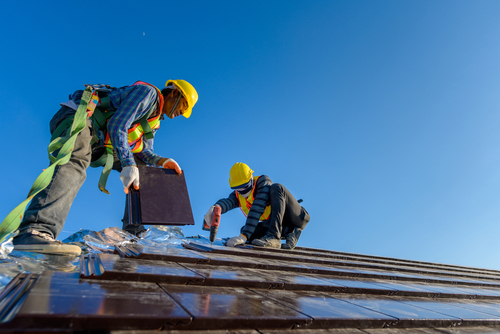
How Long Does Waterproofing Last?
January 20, 2021How Do I Waterproof Walls?
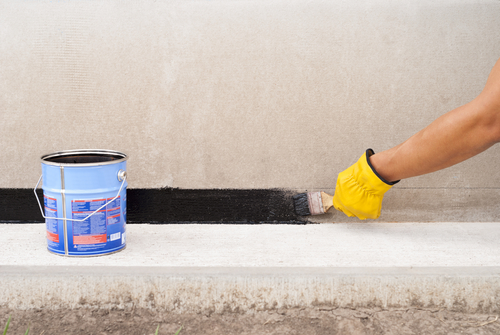
How Do I Waterproof Walls? Deciding to waterproof walls will always be a concern whether you’re planning to renovate a house or you’re constructing a new one. On top of being an excellent way to protect your home from potential mold growth that may occur during monsoon season, keep your family healthy.
Table of Contents
Here are some signs that your walls need to be waterproofed
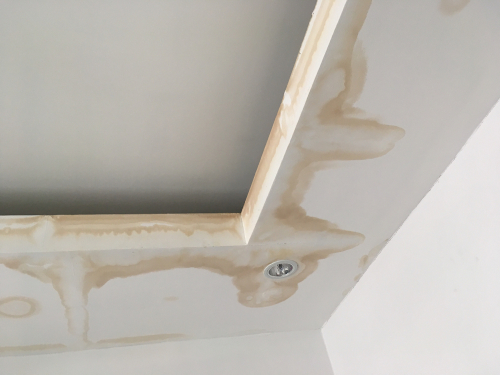
- You can see visible cracks in your walls
- Your wallpaper or paint is peeling
- Water stains are visible on your ceiling and walls
- Your house smells damp and musty
- You can see visible signs of mold
Without adequate waterproofing, mold growth can quickly speed up in your home and this can cause severe respiratory problems for both children and adults because this article will show the number of ways that you can waterproof a wall.
Proven methods that you can use to correct a waterproof surface.
#1 Add a concrete waterproof coating
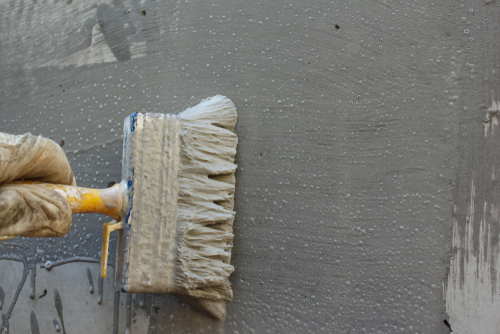
This is a cement-like waterproof coating that you can apply without even having to peel the paint off the surface of your wall.
Made from polymer type cement topping which is designed as waterproof membranes, they quickly address any dampness or seepage issues. you say usually designed and on interior walls such as your kitchens and bathroom under particularly effective on basement walls
#2 Apply a waterproof paint
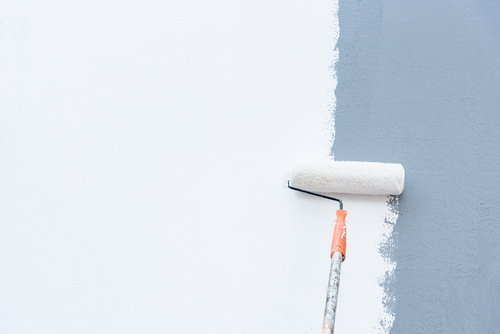
If you’re looking to waterproof the walls of your home, applying waterproof paint similarly to standard paint. The key difference being that they’re more durable and resistant to both heat and water. Extremely easy to use and apply anyone who can use a paint roller kind of do this themselves.
Once applied correctly, your waterproof paint will create an effective barrier between moisture and the surface of your wall. This will prevent moisture seepage and the buildup of any fungus.
You should always add a waterproof primer if you’re applying these to bare walls before applying the additional waterproof coat of paint.
The three most popular waterproof paints are. Epoxy paints, acrylic paints, and masonry paints.
Applying these paints to your wall is extremely effectively of adding a waterproof membrane to your exterior walls and can also work very effectively in bathrooms. it’s also advisable to never apply a waterproof paint membrane on top of a wall that’s already damp.
So before you decide to take the step, you need to address the problem by taking some preventative measures and ensuring that the wall is dry before you apply the waterproof paint,
#3 Adding some waterproof silicone sealant
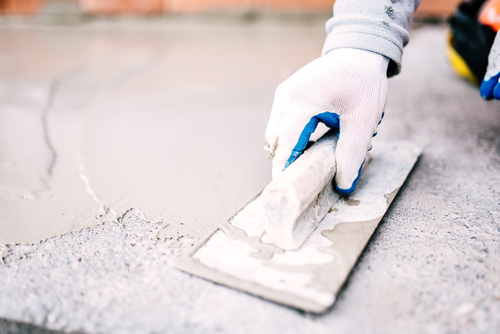
Combining a waterproof grout and PBS style water sealer tape and a waterproof silicone sealant is a very effective way to provide waterproofing to bathrooms and kitchens.
Combining these three products can quickly seal any joints that exist between your wall and your sinks, preventing moisture seepage. Applied easily by homeowners and regularly used around windows, bathtubs, and even toilets.
You could also apply this sealant to any cracks you see on the surface to create waterproof walls.
#4 A concrete silicate sealer
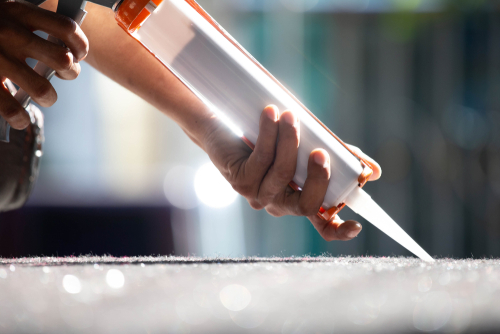
Concrete silicate sealers are the most expensive option on this list, but they’re by far the most effective way to waterproof your roof basement, and any other wall.
Designed to penetrate directly into the concrete and they form a calcium silicate hydrate when they react with the concrete providing an effective waterproof seal on the surface. This works by the chemical reaction filling the concrete pours and creating a barrier for any moisture.
When applied correctly, it will also increase the strength and intensity of your concrete without ever-changing functionality or looks.
Sprayed onto any unsealed or unpainted surfaces, this will need multiple applications to effectively provide a sealed waterproof membrane on your wall. It’s best that you leave this to an expert who has the training expertise and equipment needed for the project.
Parts of your home that may need waterproofing
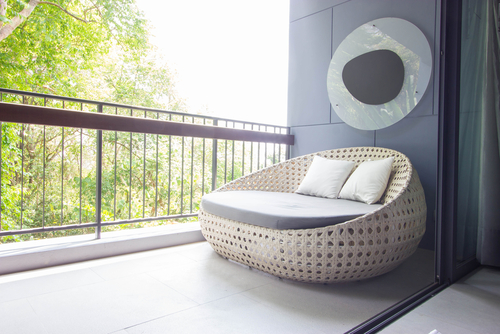
- Balconies
- Basement
- Exterior walls
- Roof
- Bathrooms
How Do I Waterproof Walls? – Conclusion
There’s no denying that liquid waterproofing will provide the most effective membrane to prevent moisture from seeping into your house. If you’re looking for the most long-lasting solution to create waterproof walls then adding a liquid waterproofing membrane is the solution you’re looking for.
We hope this article will help you solve the problem of waterproof walls in your home.




